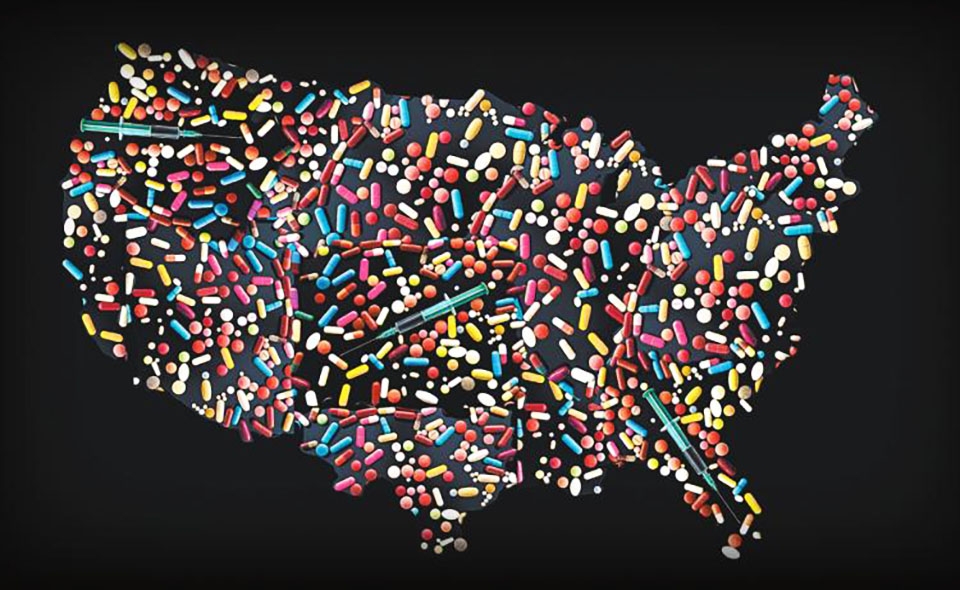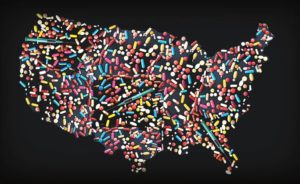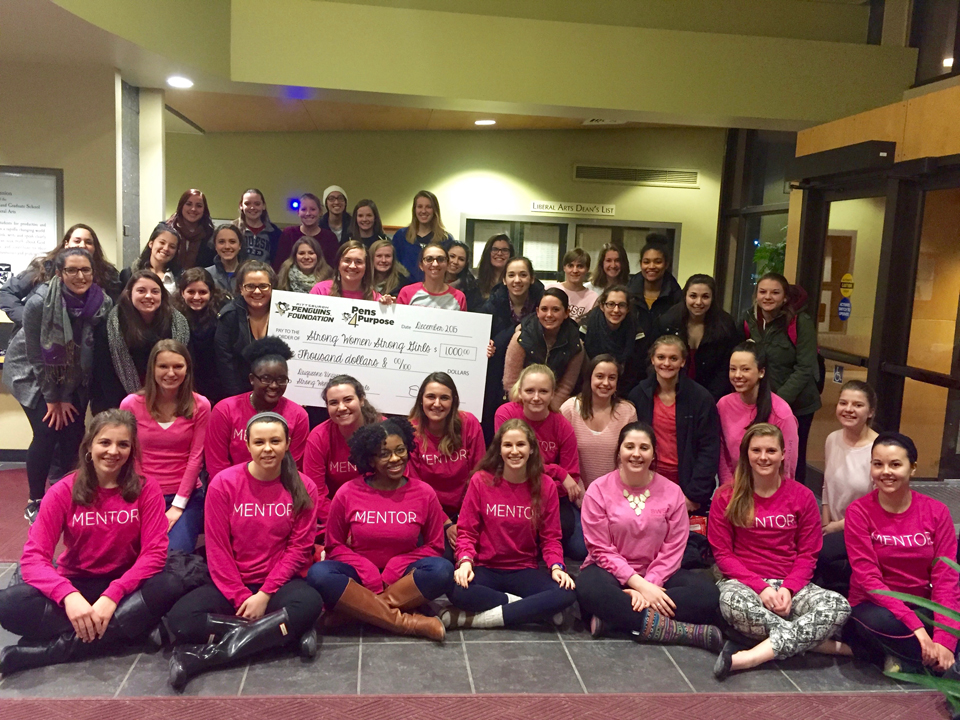
By Vince Gullo | Student Columnist
10/5/2017
Imagine living in a world where 9/11 happened every three weeks. It’d be almost inconceivable. What if I told you that we are living in that world right now? In the world of the opioid epidemic, 142 people die in America every day from overdoses. That’s the equivalent to the 9/11 death toll happening every three weeks. What’s even more tragic than this is the reality that most do not even know this fact even exists, and that it is specifically a problem in our own county.

According to a 2015 National Survey on drug use and health, 2.1 million people misuse prescription opioids for the first time.
America is sick. Not from Taco Bell quesaritos or pictures of Kylie Jenner pre-plastic surgery, but by something much more serious. Opioid addiction has become a nation-wide crisis. Over—prescription of opioid-based pain medicine in recent years has caused people to become hooked more than ever. According to a recent study done by Blue Cross Blue Shield, the number of people diagnosed with opioid addiction (both legal and illegal) has increased 493 percent since 2010. And when they can no longer afford their addiction, they often move on to the cheaper, and much more effective, heroin. The opioid epidemic is interesting because, unlike previous drug crises, this problem knows no demographic boundaries. Everyone from the homeless in Uptown to the rich and famous are impacted by the opioid epidemic. I would strongly make the case that everyone in America knows someone directly impacted by opioid addiction.
The numbers are staggering, and the effects can be seen closer than you may realize. Last year, Allegheny County police officers joined paramedics in becoming equipped with Narcan, the primary drug used to combat opioid overdoses, on their person when on duty. This year, paramedics and police have already almost met the amount of Narcan administered last year, and there’s still three more months to go. One officer has administered Narcan so many times in Market Square area that he’s referred to as “Market Square Jesus.” Almost 400 people have already died this year in Allegheny County from opioid overdoses. At the current rate, EMS in Allegheny County is projected to respond to almost 3,000 overdose calls. To put the drug crisis in Allegheny County in perspective, in the United States 1 in every 6,183 people die of a drug overdose, but in Allegheny County, that same statistic is 1 in every 1,846. There’s a reason it’s referred to as a “crisis.”
Last year, President Obama proposed a $1.1 billion dollar increase in funding to fight the opioid epidemic. Communities are scrambling to find solutions. Because they often begin as legitimate prescriptions, opioids are often hard to control, and because of its low price, volume and volatility ranging from product to product, controlling heroin is equally as difficult.
Pharmacy giant CVS is looking to slow down the addiction rates by limiting painkiller prescriptions to only a week for some conditions. This will hopefully be an effective defense against the ridiculous over prescription from doctors in recent years. Since 1999, sales in opioid-based painkillers have quadrupled, despite no studies showing that Americans are experiencing more pain.
Personally, I remember when my dentist looked to prescribe 15-year-old me a month’s worth of Vicodin for the pain I may experience after my wisdom teeth surgery. I didn’t need Vicodin, much less a whole month’s supply. Besides for an excruciating infection I got from eating Chinese food four hours after my surgery, my story of over-prescription is not unique. I very easily could have become hooked like millions of other normal Americans who may have a disposition to addiction. The road from post-surgery to post-mortem is getting shorter and shorter.
America has slowly learned to accept mental illness more and more, and addiction is no exception (Although it is obviously a disease of the body, acceptance of addiction as a mental illness is relatively recent.) With this progress, we can continue to have open conversations about ways in which to eradicate this disease that’s plaguing America. Addicts, especially those addicted to “dirty drugs” such as heroin or opioids, have traditionally been looked down upon and often brushed under the rug by American society. Take the 1980s crack epidemic, where millions of primarily poor African Americans suffered generations of abuse due to the cheap and addictive drug crack and the obnoxious prison sentences that went along with selling or using the drug. In the time of the epidemic, American mainstream society looked down on those addicted to and affected by the drug, and proactive change wasn’t made until years later. It’s unfortunate that cases of more prominent members of society becoming addicted to opioids is what really sparked the conversation about addiction. Although that is a sad reality, these cases definitely portray the nature of addiction. It can affect anyone, anywhere. It is only through this realization and compassion that we can truly begin to solve this issue. These people aren’t just “junkies,” they are someone’s son, daughter or parent. Although they may be the victims of their own life choices, these people are still sick and should be treated as such.
We don’t have to wait for the politicians to pass legislation to see change come about. Anyone can be certified to administer Narcan, anyone can help volunteer at clinics that help those with addiction, and, easiest of all, we all can be positive forces in each other’s lives that are proactive in preventing addiction in our peers. Through a strong, compassionate stance, we can defeat this disease that’s sickening our country and our county.




